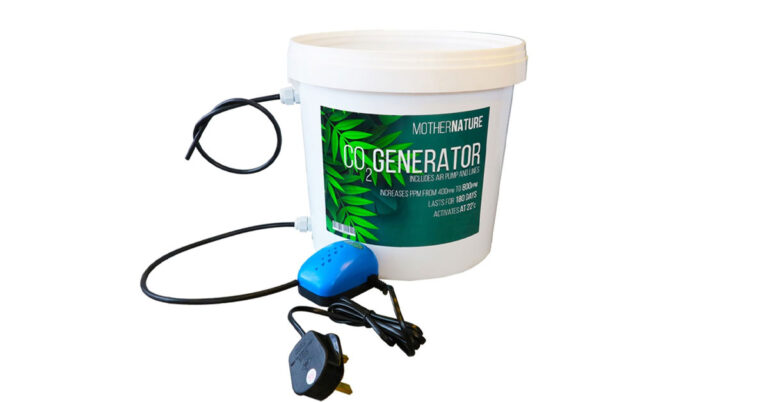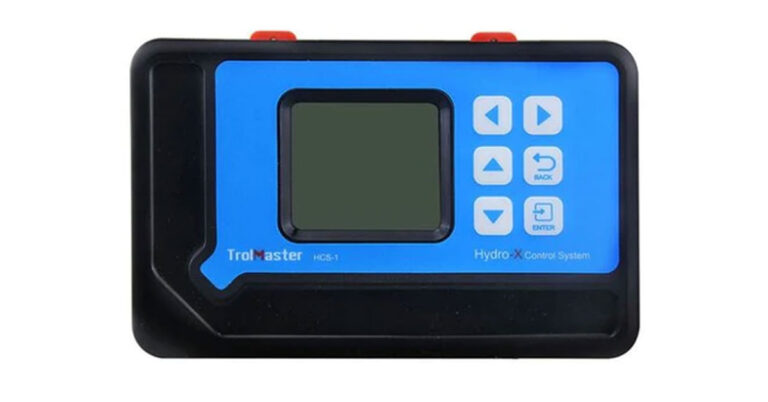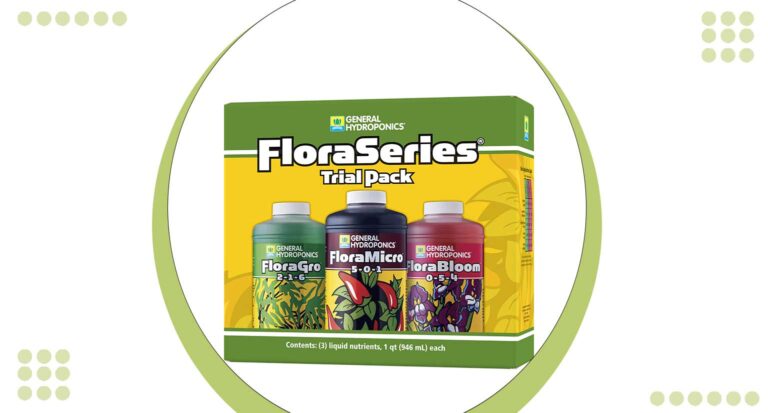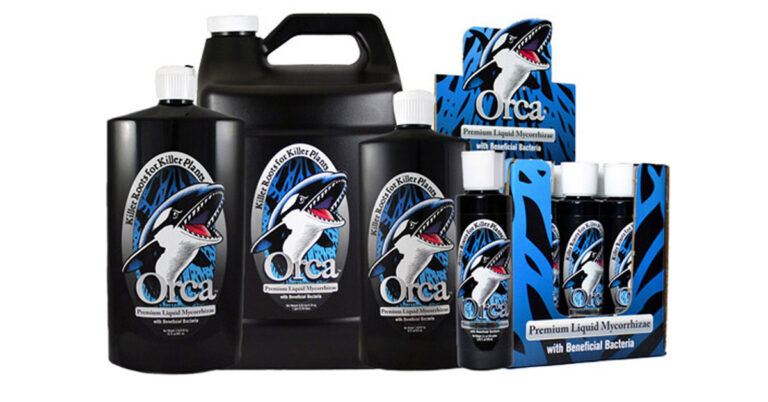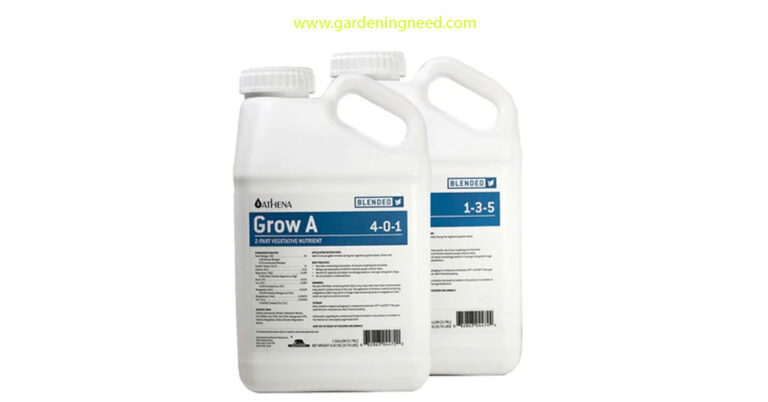Hydroponic Hemp
Hydroponic hemp cultivation is a method of growing hemp plants without the use of soil. Instead, the plants are grown in a nutrient-rich water solution, which allows for precise control over the nutrients the plants receive.
This method has several advantages over traditional soil-based cultivation, including faster growth rates, higher yields, and the ability to grow year-round regardless of outdoor weather conditions.
It’s also much more environmentally friendly as it uses less water than traditional farming methods.
However, it does require careful monitoring and management to prevent disease and ensure optimal growth conditions.
What is it and why does it have potential
Hydroponic hemp cultivation is a revolutionary approach in the agricultural sector that harnesses the power of technology to grow hemp.
Essentially, it is a soil-less cultivation technique where hemp plants are nourished with a nutrient-infused water solution that optimizes their growth.
The immense potential of hydroponic cultivation lies in its numerous advantages. It enables faster growth rates and higher yields compared to traditional cultivation methods.
Moreover, it’s not confined by seasonal changes, allowing for year-round cultivation. Additionally, it’s a more environmentally conscious method, significantly reducing water usage.
However, its success hinges on vigilant monitoring and management to ward off diseases and maintain optimal growth conditions.
This technique, despite its initial complexity, holds remarkable potential for the future of sustainable and efficient hemp cultivation.
Benefits of Growing Hydroponic Hemp
Among the key benefits of growing hydroponic hemp is its efficiency. Hydroponics allows for a significantly greater yield per square foot compared to traditional farming methods due to the controlled environment and optimal nutrient delivery.
This technique also facilitates faster growth, which means more cropping cycles per year and thus, increased productivity.
Another significant benefit is the conservation of water. Hydroponic systems use up to 90% less water than soil-based cultivation since the water in the system is reusable.
Moreover, hydroponic farming prevents the overuse of pesticides and fertilizers, contributing to a cleaner and safer environment.
Lastly, hydroponic cultivation gives growers full control over the nutrient levels and pH balance, ensuring that the plants get exactly what they need at the right time.
This leads to healthier plants and higher-quality hemp products. Yet, growers should note that this method requires constant monitoring and can be technically challenging to set up and maintain.
Despite these challenges, the benefits and potential returns make this method worth considering for serious hemp cultivators.
How can it help your garden and environment?
Implementing hydroponic cultivation in your garden can significantly enhance its productivity and sustainability.
With hydroponics, you can grow a wider variety of plants in a limited space, and the increased control over nutrients and growth conditions can lead to healthier, more robust plants.
This method also enables you to grow plants year-round, regardless of outdoor weather conditions, providing you with a consistent supply of fresh produce.
From an environmental perspective, hydroponic hemp cultivation is a significant step towards sustainable farming.
It dramatically reduces water consumption, with hydroponic systems reusing water and thereby utilizing up to 90% less than traditional soil-based farming.
Additionally, since hydroponics doesn’t rely on soil, it eliminates the risk of soil-based diseases and reduces the need for harmful pesticides.
This not only makes your garden safer but also contributes to overall environmental health by reducing chemical runoff into local water systems.
Despite the need for careful management, the potential benefits of hydroponics for your garden and the broader environment are substantial.
Equipment You Need to Grow Hydroponic Hemp – Including seeds, pots, lighting
To embark on your journey of hydroponic hemp cultivation, you will need a variety of essential equipment to ensure the optimal growth and health of your plants.
Seeds
The first crucial item that you will require is high-quality hemp seeds. Choose seeds from a reputable supplier, ensuring they are specifically bred for hydroponic cultivation. The quality of your seeds will significantly influence the final product’s quality.
Pots or Net Pots
You will need pots or net pots to place your seeds or seedlings. Net pots are highly recommended for hydroponic systems as they allow for optimal water flow and oxygen to reach the root zone.
Hydroponic Nutrient Solution
A specially formulated nutrient solution is vital for supplying your hemp plants with the necessary nutrients they would typically receive from soil. This solution is added directly to the water in your hydroponic system.
Lighting
Lighting is an integral part of indoor hemp cultivation. High-Intensity Discharge (HID) lights or Light Emitting Diodes (LED) lights are popular choices for their efficiency and coverage. The right lighting will ensure your hemp plants receive the proper light spectrum for photosynthesis.
Hydroponic System
While there are various types of hydroponic systems, they all serve the same basic function: to deliver a nutrient solution to your plants’ roots without the need for soil. The choice of system will depend on your budget, space, and personal preference.
pH Meters and Nutrient Meters
These instruments are essential for monitoring the pH level and nutrient concentration of your hydroponic solution. Maintaining the correct pH and nutrient balance is crucial for the health and productivity of your hemp plants.
Temperature and Humidity Controls
Lastly, maintaining the right temperature and humidity levels within your growing environment is paramount to prevent mold and mildew and ensure optimal growth.
These conditions can be controlled and monitored using a combination of fans, heaters, dehumidifiers, and air conditioning units.
The Process of Growing Hydroponic Hemp
Step-by-step instructions on how to grow hemp hydroponically
Growing hemp hydroponically might seem complex at first, but with the right guidance and persistence, you can master the process.
Below is a step-by-step guide to help you grow your hemp hydroponically:
- Prepare Your Seeds: Start by germinating your hemp seeds. This process typically takes around 24-48 hours. Place the seeds in a moist paper towel, and then place the towel in a dark, warm location.
- Set Up Your Hydroponic System: While your seeds are germinating, prepare your hydroponic system. Ensure everything is clean and functioning correctly. Fill your reservoir with water and add your nutrient solution, making sure to follow the manufacturer’s instructions. Use your pH meter to ensure the solution has a pH level of around 6.0.
- Plant Your Seeds: After germination, carefully transfer your seeds to your pots or net pots filled with an inert growing medium like rockwool or clay pebbles. Keep the growing medium moist, but not saturated.
- Monitor Your Plants: Regularly check the pH and nutrient levels of your solution using your meters, adjusting as needed. Monitor the temperature and humidity of your growing environment, ensuring they remain within optimal ranges.
- Maintain Your Lighting: Ensure your plants are receiving the proper light spectrum for photosynthesis. This typically means 18 hours of light and 6 hours of darkness during the vegetative stage, and 12 hours of light and 12 hours of darkness during the flowering stage.
- Harvest Your Hemp: Once your hemp plants have fully matured and the trichomes have a milky white appearance, your hemp is ready to be harvested. Cut the plants at the base, and carefully trim off the fan leaves. After trimming, hang your plants in a dark, dry, and cool location to dry for about a week.
- Cure Your Hemp: After drying, your hemp must be cured. Place the dried buds in airtight jars, filling the jars about ¾ full. Open the jars once a day for the first week to let in fresh air and release moisture.
Tips for Successful Growth
Tips for getting the best results when growing hemp hydroponically
Achieving a successful hydroponic hemp growth may seem challenging, but these tips can help you maximize your yield and the overall health of your plants:
- Quality Equipment: Opt for top-quality equipment for your hydroponic setup. Investing in the best possible lighting, nutrient solutions, and pH meters can significantly impact your hemp plants’ growth and yield.
- Proper Nutrition: Ensure your plants get the right balance of nutrients. It’s crucial to regularly monitor and adjust the nutrient solution to cater to your plants’ needs throughout different growth stages.
- Ideal Conditions: Maintain optimal temperature, humidity, and light conditions. These elements play a significant role in the growth of your hemp plants. Ensure proper light cycles and keep temperature and humidity within suggested ranges to maximize growth.
- Regular Monitoring: Check your plants and system daily. Regular monitoring can help detect and manage potential problems early, such as pests or nutrient deficiencies, ensuring the health of your plants.
- Cleanliness: Keep your hydroponic system clean. This reduces the risk of infections, pests, or algae growth that can hinder your plants’ growth.
- Patience and Persistence: Hydroponic gardening requires patience and persistence. Don’t be discouraged by initial challenges; instead, learn from them and adjust your practices for future growth.
Common Problems and Solutions
While hydroponic hemp cultivation is a rewarding endeavor, you may encounter some challenges along the way. Here are some common problems and their respective solutions:
- Algae Growth: Algae can thrive in hydroponic systems, especially if the system is exposed to light. Algae can deplete the nutrient solution and oxygen, harming your plants. To combat this, keep your nutrient solution and reservoir covered, and maintain a clean system.
- Nutrient Deficiencies or Toxicities: Incorrect nutrient balance can lead to deficiencies or toxicities, which can affect plant health. Regularly monitor and adjust your nutrient solution’s pH and concentration. If issues persist, consider flushing your system and starting with a fresh nutrient mix.
- Root Rot: This is often caused by poor aeration or over-saturated growing mediums. Ensure your plants’ roots have access to oxygen by using an air stone or diffuser to oxygenate your water, and avoid over saturating the growing medium.
- Pests and Diseases: Despite being a controlled environment, hydroponic hemp can still suffer pest and disease attacks. Regularly check your plants for any signs of pests or disease. If detected, isolate the affected plant(s) to avoid spreading, and treat with appropriate organic or chemical solutions.
- Temperature and Humidity Issues: Incorrect temperature and humidity levels can affect plant growth and encourage mold and disease. Regularly monitor these conditions, and use fans, heaters, dehumidifiers or air conditioning units to maintain optimal levels.
Conclusion
Hydroponic hemp cultivation can be a rewarding enterprise if done correctly. However, it requires attention to various aspects, including the choice of quality equipment, maintaining optimal growing conditions, and regular monitoring of the plants and the system.
It’s also crucial to understand and be prepared to handle potential challenges, such as algae growth, nutrient imbalances, root rot, pests, and diseases.
With patience, persistence, and adherence to best practices, you can maximize your yield and ensure the overall health of your hemp plants.
Remember, the journey might come with challenges, but each step is a learning curve towards becoming a successful hydroponic hemp cultivator.


